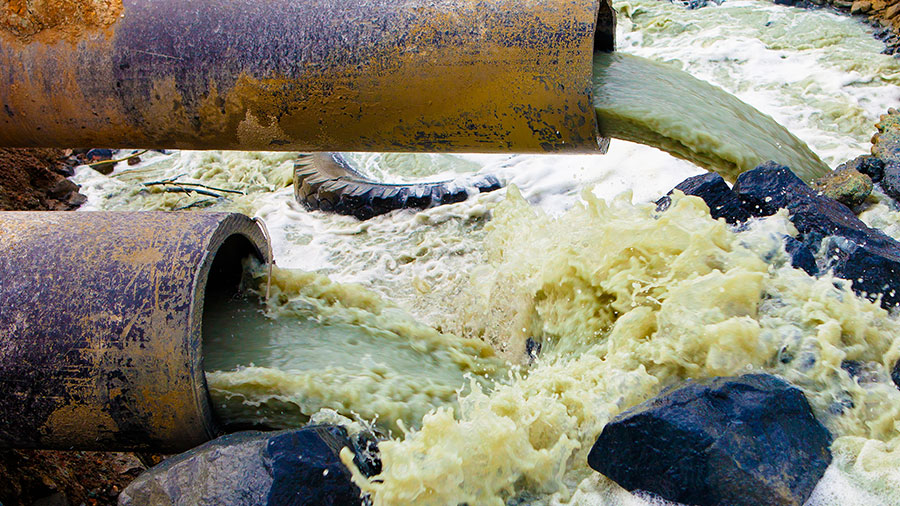LIQUID WASTE
INCINERATION OF LIQUID WASTE
Tecam’s liquid waste incineration process
Liquid waste can be valorised by incinerating it in a suitable facility. In order to be able to be processed, the waste in question must comprise liquid with organic compounds (usually solvents). This type of waste has a high calorific value and can produce large amounts of energy.
It is processed via injection into an incinerator. To improve combustion, it is usually atomised using pressurised air, which causes the formation of droplets that improve the transfer of matter and energy inside the incinerator.


Is Waste Incineration environmentally friendly?
Waste valorisation has become the alternative technology for energy recovery that has minimum impact on the environment and is capable to generate heat and electricity. Pyrolysis plants and waste incineration plants include flue gas treatment systems afterwards that collect and eliminate the gases generated, following an efficient and safe procedure, to guarantee maximum respect for people and the environment.

Areas of application
The production processes of the chemical, petrochemical and pharmaceutical industries (among others) use solvents, which then need to be eliminated. Due to their high levels of organic matter, these compounds cannot be transferred to wastewater treatment plants; consequently, incineration is the appropriate method for treating them.
Incineration also produces steam and hot water that can be used to generate electricity, which is profitable for the plant as it can be utilised for its own consumption or sold.
Although it will depend on the hydrocarbon in question, generally speaking the incineration of liquids does not tend to produce solid waste, as these are usually gasified.






